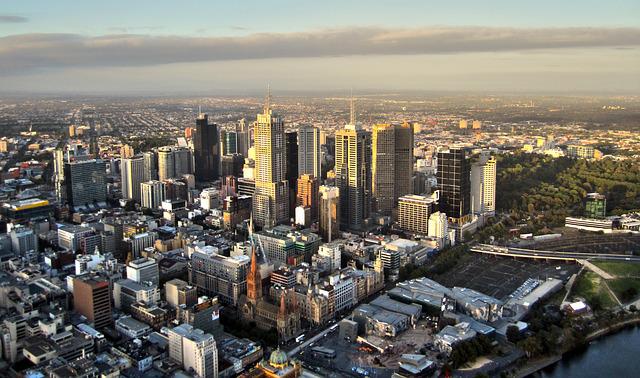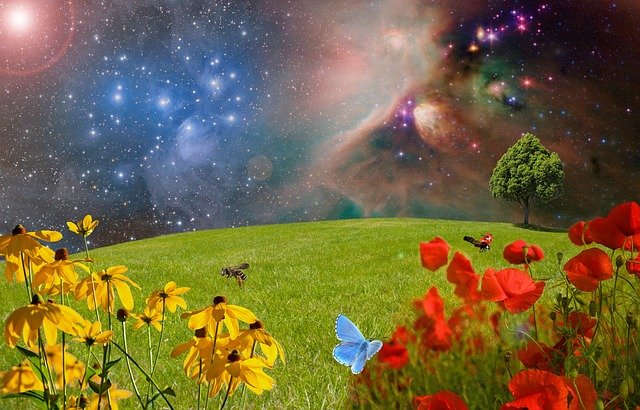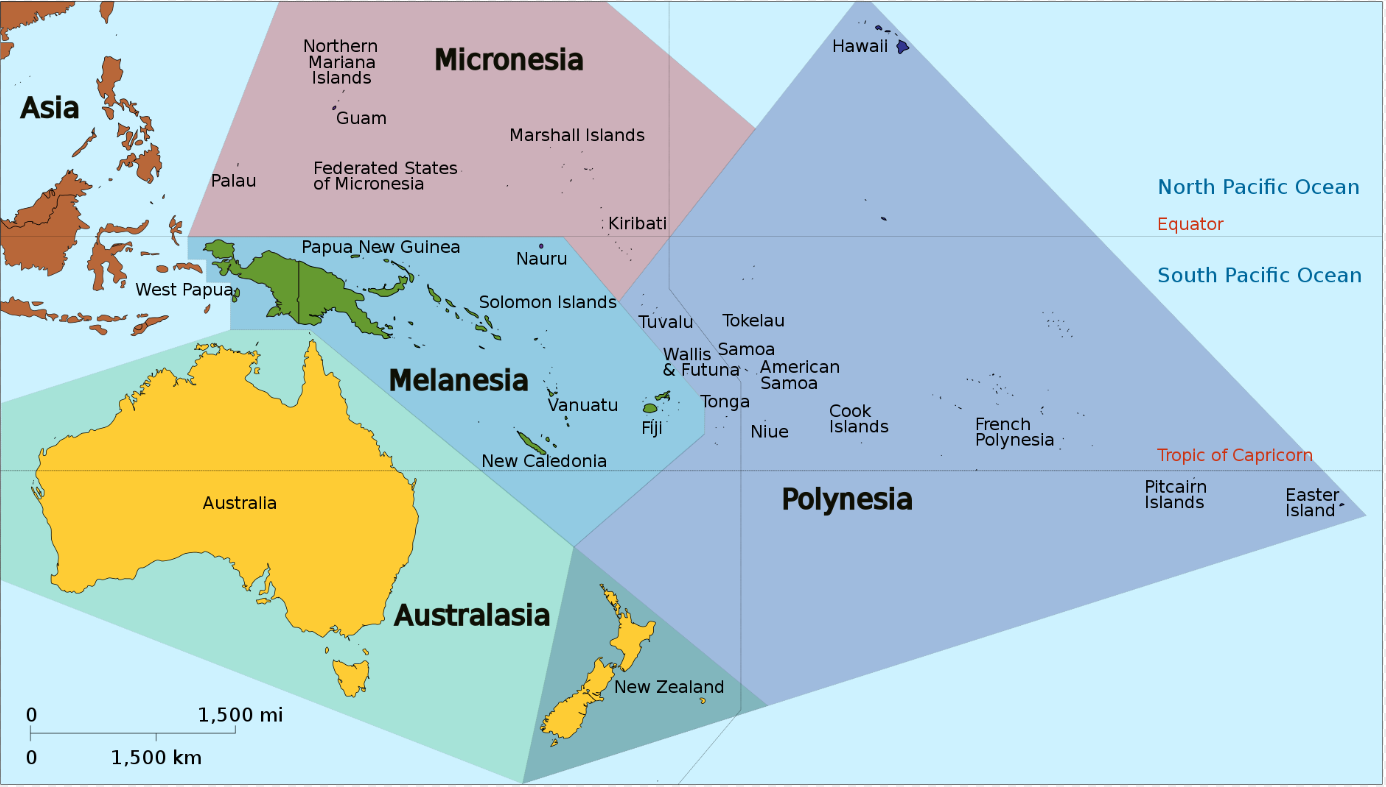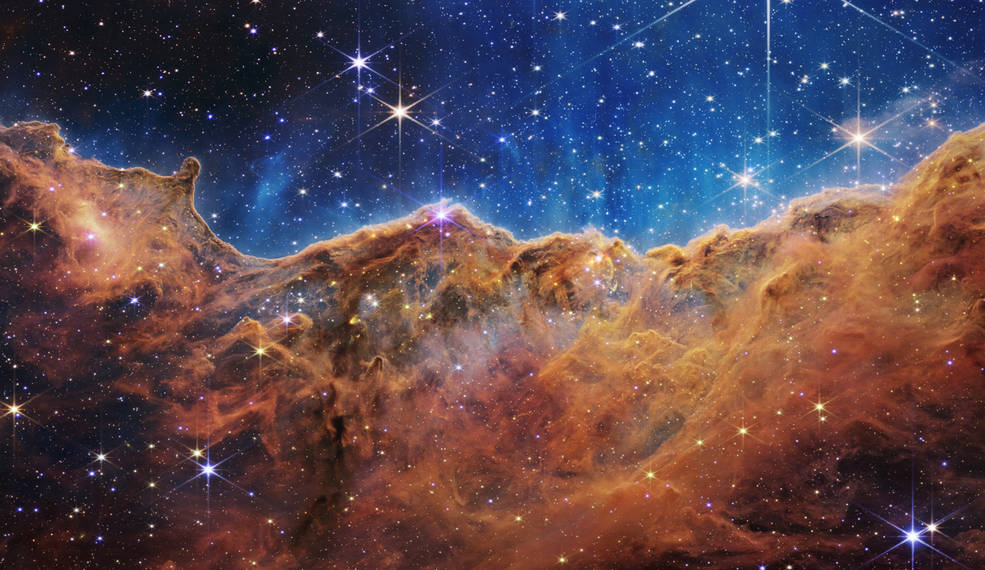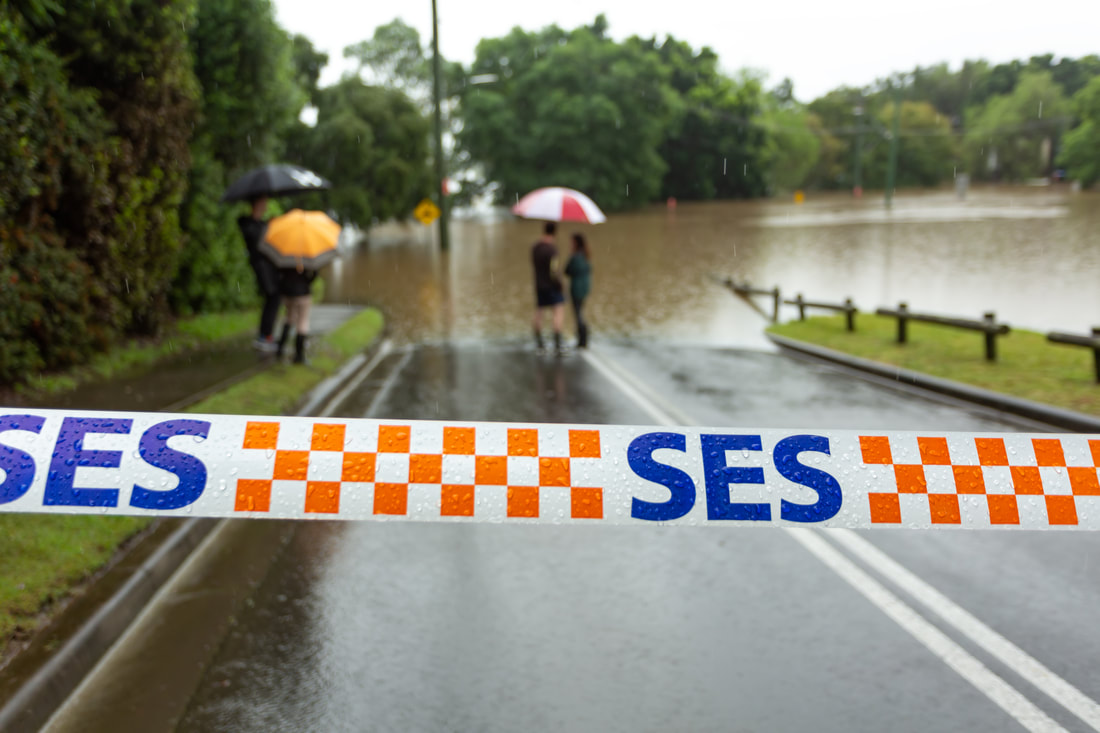|
CSIRO, the Commonwealth Scientific and Industrial Research Organisation, is an Australian Government agency responsible for scientific research. The once-in-a-decade report from CSIRO, Our Future World, released on 27 July 2022, identifies seven global megatrends that hold the key to the challenges and opportunities ahead:
Our Future World - Global megatrends impacting the way we live over coming decades PDF (5 MB) For the first time, Pope Francis has published in advance his message for the World Day of Prayer for the Care of Creation, which is celebrated annually from September 1-Ocotober 4. The message was released in Rome on Thursday, 21 July with the Pope entreating “in the name of God” that large extractive corporations “stop destroying forests, wetlands and mountains, stop polluting rivers and seas, stop poisoning people and food.” Pope Francis asked that “we return to pray in the great cathedral of creation, enjoying the “grand cosmic choir” of innumerable creatures singing praises to God.” He asserted that the upcoming United Nations Climate Change Conference (COP27) represents an “opportunity to work together for an effective implementation of the Paris Agreement.” In this regard, he indicated that for this reason he arranged for the Vatican City State to “adhere to the UN Framework Convention on Climate Change and the Paris Agreement” in the hope that humanity will be remembered for having assumed its grave responsibilities for the impact of climate change. Read the message for this year’s Season of Creation
Australia's State of the Environment Report, produced every five years, the latest released on 19 July 2022, finds the health of Australia’s environment is poor and deteriorating as a result of increasing pressures from climate change, habitat loss, invasive species, pollution and resource extraction (mining). The Report warns that our health, living standards, cultural and spiritual fulfilment, and connection to Country are all interconnected and are negatively impacted by our deteriorating environment. The Report highlights that Indigenous knowledge and connections to country are vital for sustainability and healing Australia.
Read the Overview here Explore the full Report here Watch the video clip (0.50) The Pacific Islands Forum is an inter-governmental organization that aims to enhance cooperation between countries and territories of the Oceania. Image: Oceania UN Geoscheme Regions.svg. CC BY-SA 3.0 At the 51st Forum held 11-14 July 2022 in Suva, Fiji, "Leaders reconfirmed that climate change remains the single greatest existential threat facing the Blue Pacific, underscoring the urgency to limit global warming to 1.5 degrees through rapid, deep and sustained reductions in greenhouse gas emissions. In this respect, Leaders declared that the Pacific is facing a Climate Emergency that threatens the livelihoods, security and wellbeing of its people and ecosystems, backed by the latest science and the daily lived realities in Pacific communities."(51st Communique no. 33) They committed to to fully implement the Paris Agreement (51st Communique no. 35), to working together with the COP 27 President Designate leading up to COP 27 to ensure that COP 27 delivers an ambitious outcome (51st Communique no. 36). Further details can be read in the 51st Communique here The 2050 Strategy for the Blue Pacific Continent was released with the 51st Communique. Read it here  In a message to participants of a Vatican conference held 13-14 July on resilience and climate change, Pope Francis urged all nations to work together to reduce carbon emissions and help people adapt to climate change. “The phenomenon of climate change has become an emergency that no longer remains at the margins of society. Instead, it has assumed a central place, reshaping not only industrial and agricultural systems but also adversely affecting the global human family, especially the poor and those living on the economic peripheries of our world, said the Pope.” Read a summary of the message in Vatican News here Read the message in full here On 8 July the Vatican announced its accession to the Climate Convention and Paris Agreement in a Statement. NASA’s James Webb Space Telescope has delivered the deepest and sharpest infrared image of the distant universe so far. Webb’s First Deep Field is galaxy cluster SMACS 0723, and it is teeming with thousands of galaxies – including the faintest objects ever observed in the infrared. This landscape of “mountains” and “valleys” speckled with glittering stars is actually the edge of a nearby, young, star-forming region called NGC 3324 in the Carina Nebula. Captured in infrared light by NASA’s new James Webb Space Telescope, this image reveals for the first time previously invisible areas of star birth. Credits: NASA, ESA, CSA, and STScI Webb’s image is approximately the size of a grain of sand held at arm’s length, a tiny sliver of the vast universe. The combined mass of this galaxy cluster acts as a gravitational lens, magnifying more distant galaxies, including some seen when the universe was less than a billion years old. This deep field, taken by Webb’s Near-Infrared Camera (NIRCam), is a composite made from images at different wavelengths, totaling 12.5 hours – achieving depths at infrared wavelengths beyond the Hubble Space Telescope’s deepest fields, which took weeks. And this is only the beginning. Researchers will continue to use Webb to take longer exposures, revealing more of our vast universe. This image shows the galaxy cluster SMACS 0723 as it appeared 4.6 billion years ago, with many more galaxies in front of and behind the cluster. Much more about this cluster will be revealed as researchers begin digging into Webb’s data. The full set of the telescope’s first full-color images and spectroscopic data, which uncover a collection of cosmic features elusive until now,are available at: https://www.nasa.gov/webbfirstimages 'Floods, fires and droughts in Australia devastate lives, destroy wildlife and damage property. These disasters also cost billions of dollars through loss of agricultural and economic productivity, environmental vitality and costs to mental health. People are looking for long-term solutions from politicians and researchers.It’s time to listen to First Nations people who have extensive knowledge of Country. For tens of thousands of years, First Nations people have addressed changing weather on this continent and successfully applied their knowledges to land management. Their knowledge and contribution deserve full recognition. To this end, our new research argues Australian researchers must recognise the value of First Nations people to find new and more effective ways to tackle climate and environment problems...' Source: The Conversation Read the rest of the article here |
Archives
June 2024
|

